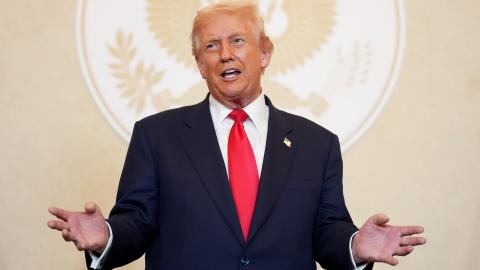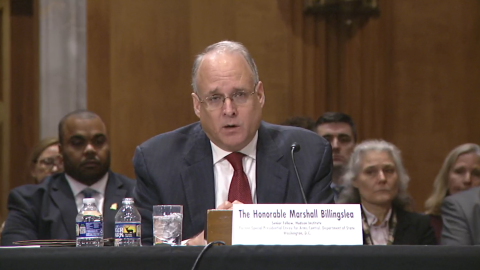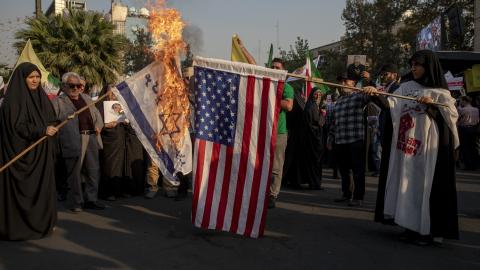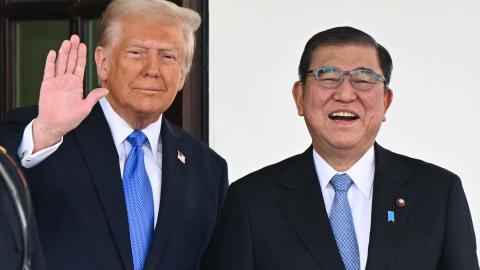Discussions of the new trade deal with Japan—including my own comments here—remind me that it is incumbent on all of us who write about trade to be honest about how much politics, and not pure economics, governs EVERY country’s trade decisions.
We can argue about auto tariffs lacking economic justifications in the U.S., but have to correspondingly admit that Japanese rice and other agricultural tariffs are also counterproductive. Each country is a democracy, and what matters is votes and not economic proofs. In Japan, rural agricultural voters are an important bloc and there is nothing evil about Japanese politicians being concerned with their livelihood. The GOP’s electoral victories in both 2016 and 2024 were driven by so-called working-class voters leaving the Democratic party and voting Republican. These voters used to be Democrats, and were taught by Democratic politicians for the last thirty years that free trade was bad for workers.
You don’t win elections by changing voters minds. As an old behind-the-scenes political operator in Ohio once taught me, you win elections by, “going out, finding what people want, and promising it to them.” Voters who make up President Trump’s base want tariffs, and he’s going to give it to them to some degree. The best that “free traders” can hope for is to minimize the amount of the tariffs.
From this perspective, the dropping of tariffs on autos from 25 percent to 15 percent is a big win. Japan could have offered to drop tariffs/adjust quotas on rice and other products in return, but that also was not politically feasible. Offering increased investment, something Japan was already doing, was a good compromise and the White House “spin” about the return to the U.S. was a way of winning over pro-tariff voters to a lower tariff rate. Messy? Yes. Lacking in detail? Yes. Inefficient economics? Yes. But if the U.S. ends up with greater investment and lower tariffs on imports, that’s a win. If Japan is able to escape 25 percent auto tariffs, that is also a win.
The same argument can be made, incidentally, about the Nippon Steel purchase of US Steel. The deal made sense without the “golden share” being added, but without that concept, politics would not have allowed it to happen. In that case also, all parties got the best deal possible. Neither the U.S. nor Japan are China. We have to listen to voters, even when we think they are wrong. That is not a bad thing. Thank you for your attention to this matter!















